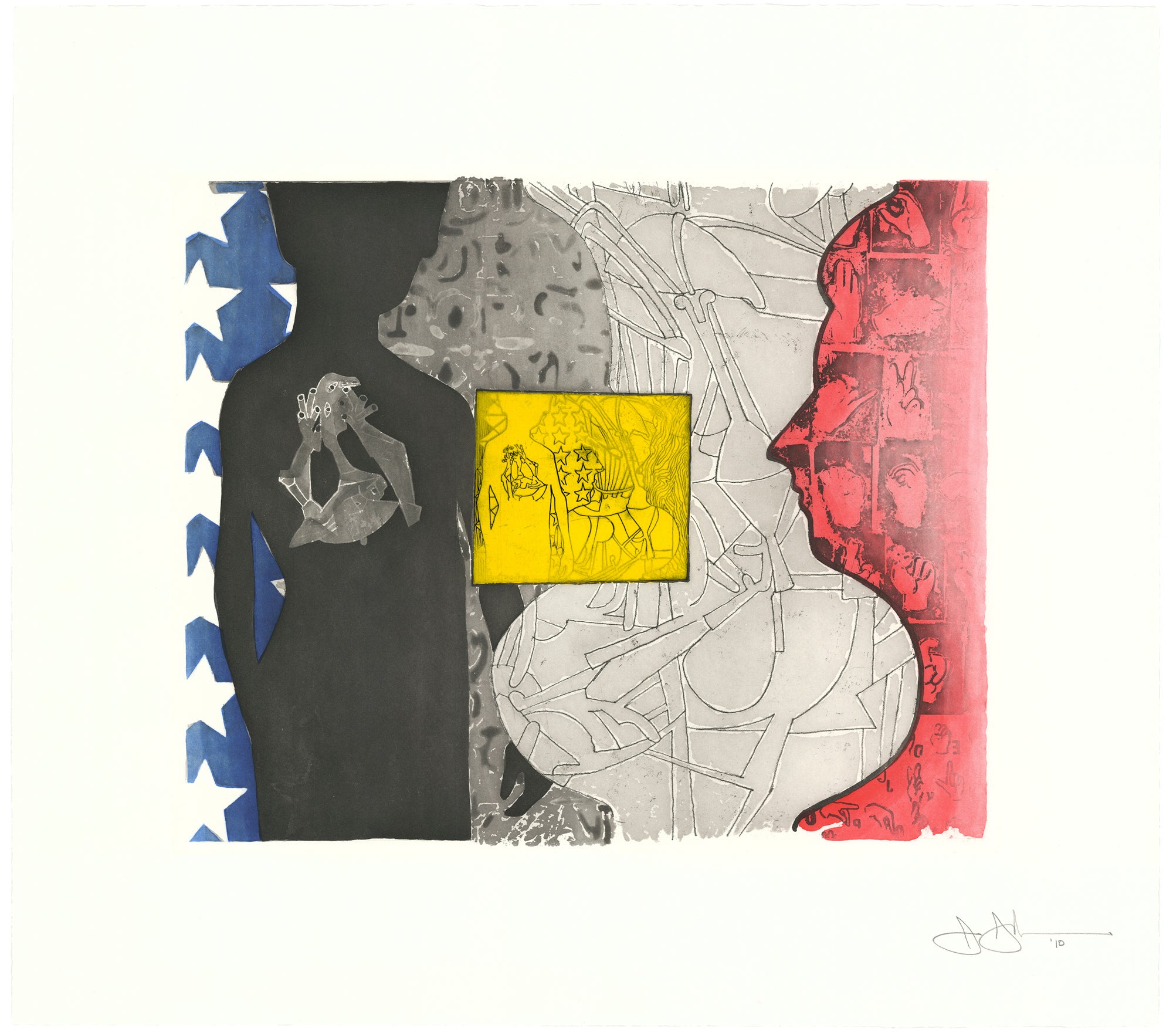


Field Painting (1963–64) has a switch on its surface for turning on the neon R of Red the three-dimensional letters of the other primary colours, named below it, are magnets to which studio objects are interchangeably attached (a knife, a coffee can, a brush with a metal band).Ġ through 9 (1960), Jasper Johns. Johns began, Wittgenstein-style, with visual signs defined by their use, specifically those that carve up the physical world: maps, targets, numbers, letters, but also thermometers, flashlights, cutlery. Nor have the exhibition’s two curators, Carlos Basualdo at the PMA and Scott Rothkopf at the Whitney, but they do show Johns, now 91, to be most comfortable in shadowy zones where ‘things the mind already knows’ – his famous term for ordinary objects and images – cleave and multiply, circle back on themselves, put their faces to the wall, and are turned upside down and inside out. The brash American Flag of 1954–55 that announced – with almost comic heraldry – Johns’s arrival on a scene still dominated by Abstract Expressionism, and which introduces the Philadelphia portion of the survey, is here a bait promptly switched. Preview and subscribe here.ĭespite the trip back in time promised by this massive survey of Jasper Johns’s work now on view at two venues at once, ‘Jasper Johns: Mind/Mirror’ instead repositions the painter as a poet laureate of our altogether less confident present.


 0 kommentar(er)
0 kommentar(er)
